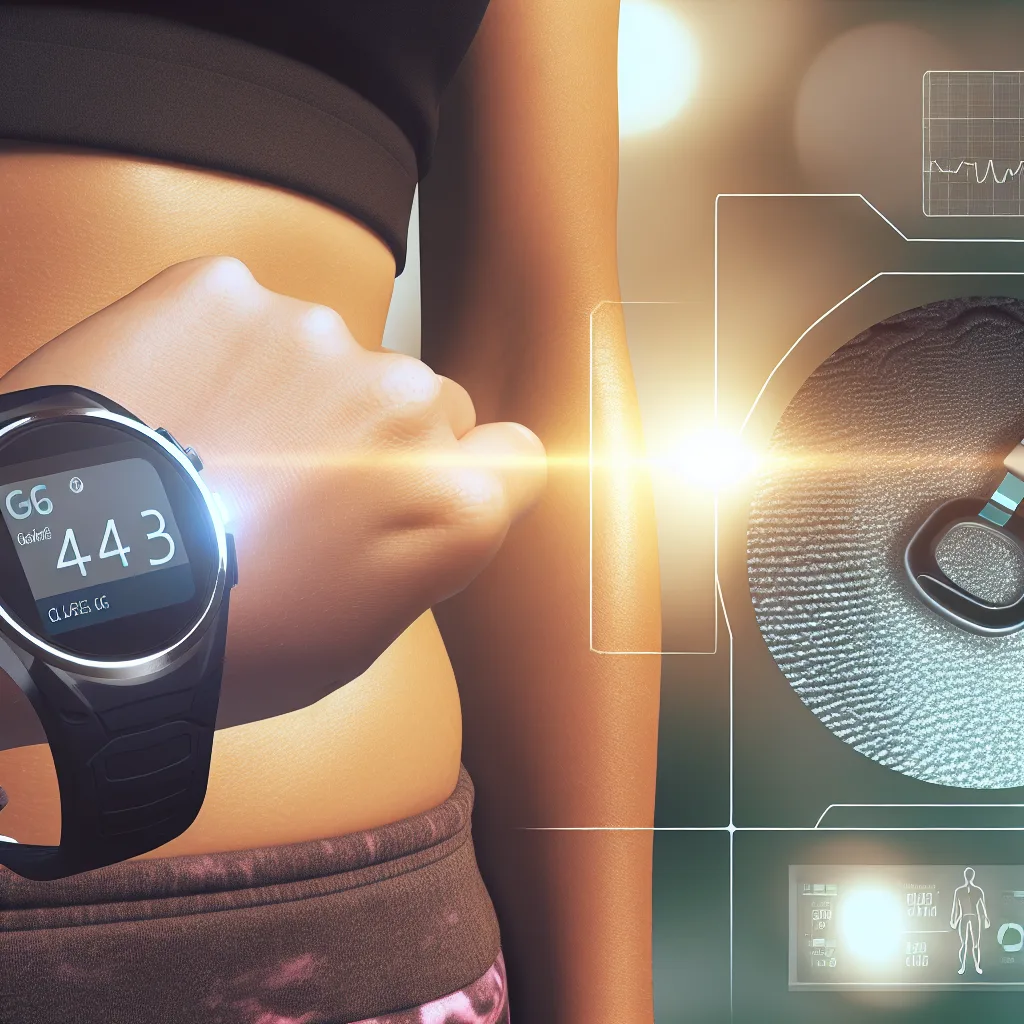Discover the surprising roles of AI in healthcare beyond just chatbots, from glucose sensors to retinal scans.
You often hear about AI as chatbots—those clever programs that can chat, answer questions, or sometimes annoy you with their robotic answers. But AI in healthcare is a whole different ballgame, and way more interesting. Recently, I got firsthand experience with some of these technologies, and it made me realize that AI is quietly weaving itself into our health in ways we might not expect.
I spent ten days wearing a Garmin sports watch on my wrist and a computerized glucose sensor attached to my belly. In addition, there was an environmental sensor quietly measuring air quality in my living room. All these devices collected data nonstop, and every bit of it was heading toward a university research project studying diabetes. While I’m not diabetic, my participation helps build a baseline for AI to better understand human health.
This study, called AIreadi by the University of Washington, isn’t just about collecting your typical health stats. It’s also about capturing detailed eye exams, cognition tests, blood samples, and even dozens of retinal pictures taken with bright flashes (which, let me tell you, is not the most fun way to spend an afternoon). The goal? To train AI systems that can diagnose and guide diabetes treatment—potentially offering personalized advice based on your unique health data.
Why is this important? Because AI in healthcare is about more than just chatbots answering health FAQs. It’s about analyzing huge amounts of medical data to help doctors and patients spot trends, diagnose conditions early, and recommend actions. The AI isn’t talking to you like a person—it’s speaking the language of health stats and biology.
Think about it: Machine learning has even been used to study whale communication, revealing patterns that suggest whales use complex languages. If we can decode that, the only difference between languages is our understanding of them. That idea carries over to AI in healthcare. It’s about translating complex biological data into actionable insights.
One exciting aspect is how specialized these AI systems can be. Instead of a one-size-fits-all, “AI that knows everything,” we’re seeing AIs trained on very specific tasks—like analyzing blood sugar patterns or retinal images. These specialized AIs might soon become tools anyone can use, not just researchers. For example, platforms like NotebookLM are letting people customize AI for their needs today.
In summary, the future of AI in healthcare looks less like a talking robot and more like a silent assistant analyzing data behind the scenes. This shift could make healthcare more personal, informed, and timely.
If you’re curious about AIreadi and the University of Washington’s efforts, you can read more on their official page AIreadi Initiative.
Want to learn how AI is currently transforming medical diagnostics? Check out resources from NIH’s National Library of Medicine which offers great insights into AI in medicine.
And for a technical dive into AI and machine learning in health, Nature Journal provides expert articles and research.
So next time you think of AI, remember it’s not just about chatbots. There’s a quiet revolution happening in healthcare, and it’s coming from the data you don’t even see.
